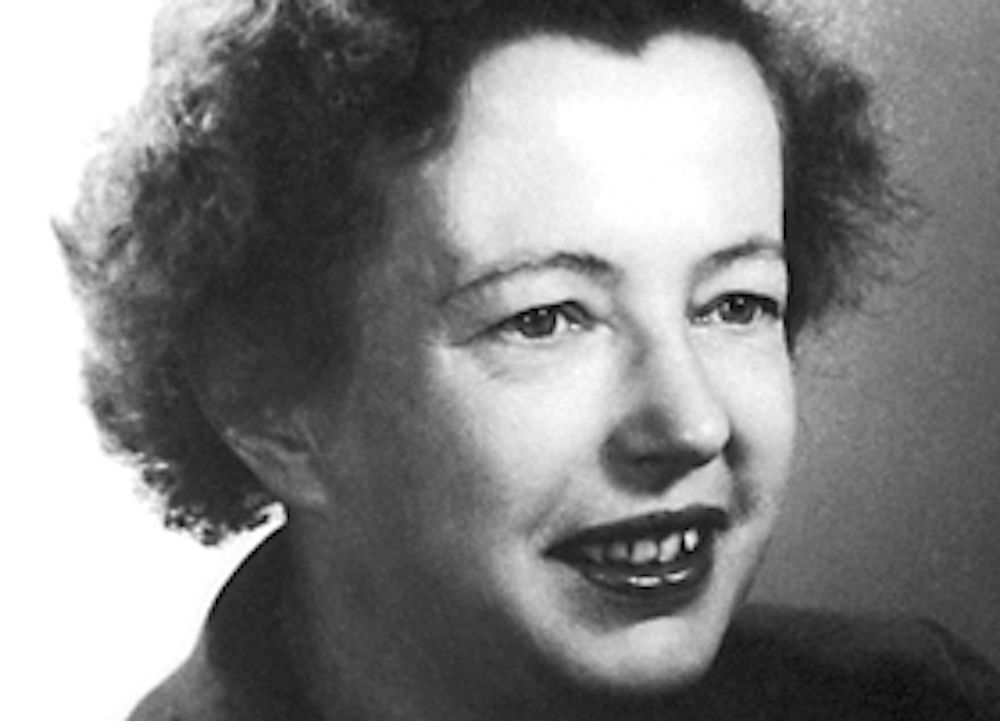
American theoretical physicist and Nobel Prize winner Maria Goeppert Mayer is one half of the team credited with the proposal of the nuclear shell model of the atomic nucleus. This theory uses the Pauli exclusion principle — which states that two or more identical particles with half-integer spins cannot occupy the same quantum state within a quantum system simultaneously — to describe the structure of the nucleus in terms of energy levels. Mayer followed Marie Curie as the second woman to win a Nobel Prize in physics.
Maria Goeppert was born in 1906 in Katowice, Poland, which was part of Germany at the time and known as Kattowitz. Her father was a professor of pediatrics and encouraged her to pursue her education rather than settle for being housewife as was expected of women at the time. Proud to be a seventh generation academic, she attended public school and a college preparatory academy for girls, and in 1924 she entered the University of Göttingen intending to study mathematics. However, after attending Max Born’s quantum mechanics seminar, she switched her focus to physics. She earned her doctorate in 1930, with a thesis on double photon reactions.
While at Göttingen, Goeppert met her future husband, physical chemist Joseph Mayer, and the couple moved to the United States. There, Goeppert Mayer continued her research, which involved applying quantum mechanics to chemical problems. During that time she collaborated with Karl Herzfeld and her husband in the study of organic molecules and became a U.S. citizen. In 1939, she worked at Columbia University on the separation of uranium isotopes for the atomic bomb project and the following year published “Statistical Mechanics.”
After World War II, Goeppert Mayer focused increasingly on nuclear physics, and in 1945 she became a volunteer professor of physics in the Enrico Fermi Institute for Nuclear Studies at the University of Chicago, becoming a full professor in 1959. While there, she developed a theory that the nucleus is made of several shells, or orbital levels, and that the allocation of protons and neutrons among these shells generates the distinctive degree of stability of each type of nucleus. This established her as a leading authority in the field.
Goeppert Mayer continued to teach and conduct research for a number of years and was elected a Fellow of the American Academy of Arts and Sciences, a member of the American Philosophical Society, and received the Golden Plate Award of the American Academy of Achievement. After her death, the Maria Goeppert Mayer Award was created by the American Physical Society (APS) to honor young female physicists at the beginning of their careers.
